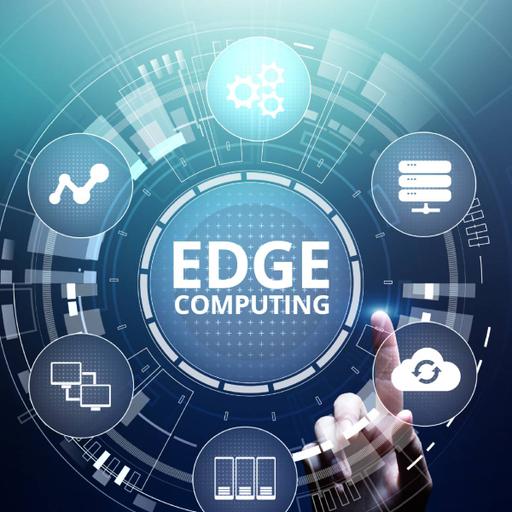Edge Computing
Presentations | English
Edge computing is a distributed computing paradigm that brings computation and data storage closer to the sources of data. This is expected to improve response times and save bandwidth. “A common misconception is that edge and IoT are synonymous. Edge computing is a topology- and location-sensitive form of distributed computing, while IoT is a use case instantiation of edge computing." The term refers to an architecture rather than a specific technology. The origins of edge computing lie in content delivery networks that were created in the late 1990s to serve web and video content from edge servers that were deployed close to users. In the early 2000s, these networks evolved to host applications and application components at the edge servers, resulting in the first commercial edge computing services that hosted applications such as dealer locators, shopping carts, real-time data aggregators, and ad insertion engines. One definition of edge computing is any type of computer program that delivers low latency nearer to the requests. Karim Arabi, in an IEEE DAC 2014 Keynote and subsequently in an invited talk at MIT's MTL Seminar in 2015, defined edge computing broadly as all computing outside the cloud happening at the edge of the network, and more specifically in applications where real-time processing of data is required. In his definition, cloud computing operates on big data while edge computing operates on "instant data" that is real-time data generated by sensors or users.

6.00
Lumens
PPTX (26 Slides)
Edge Computing
Presentations | English
